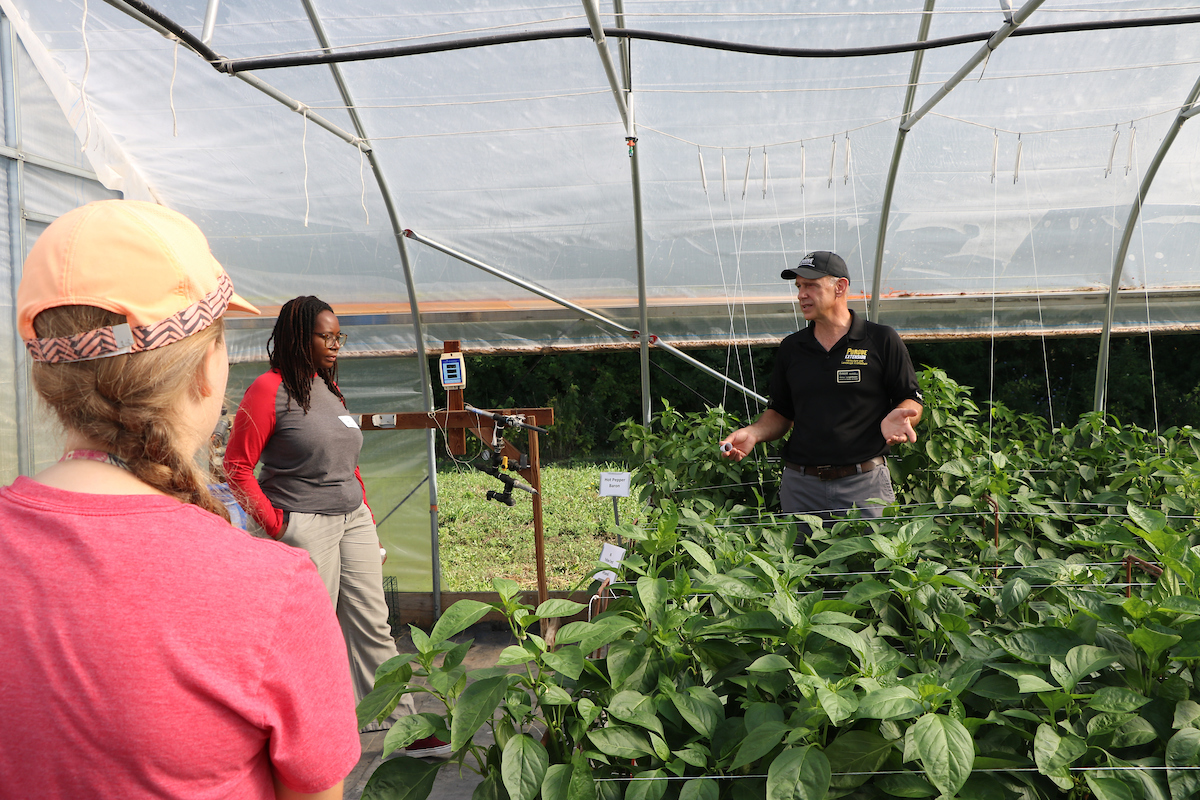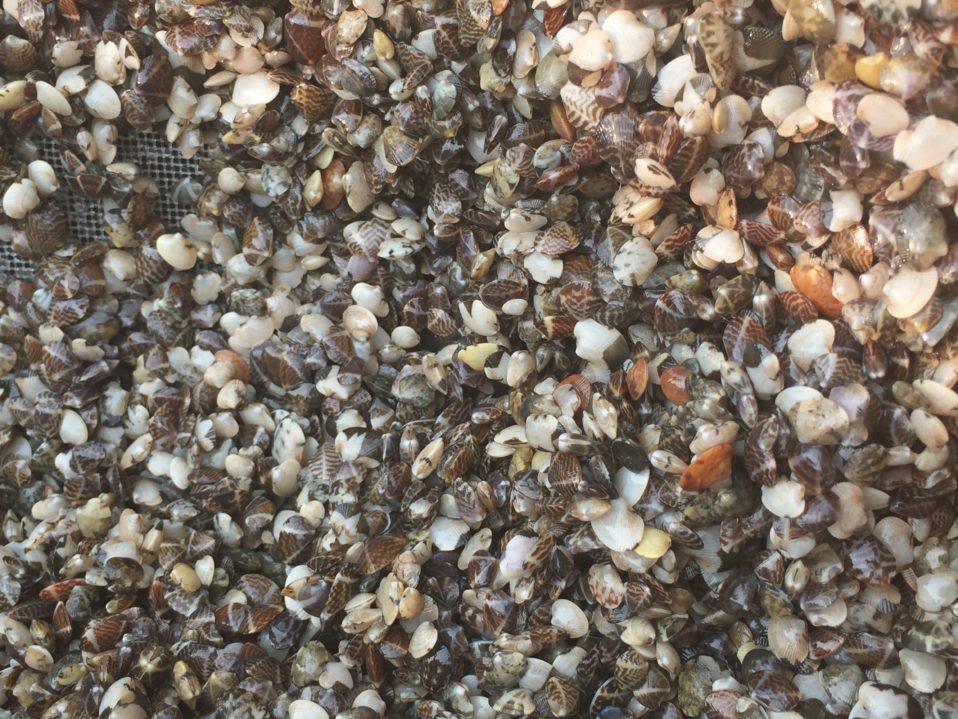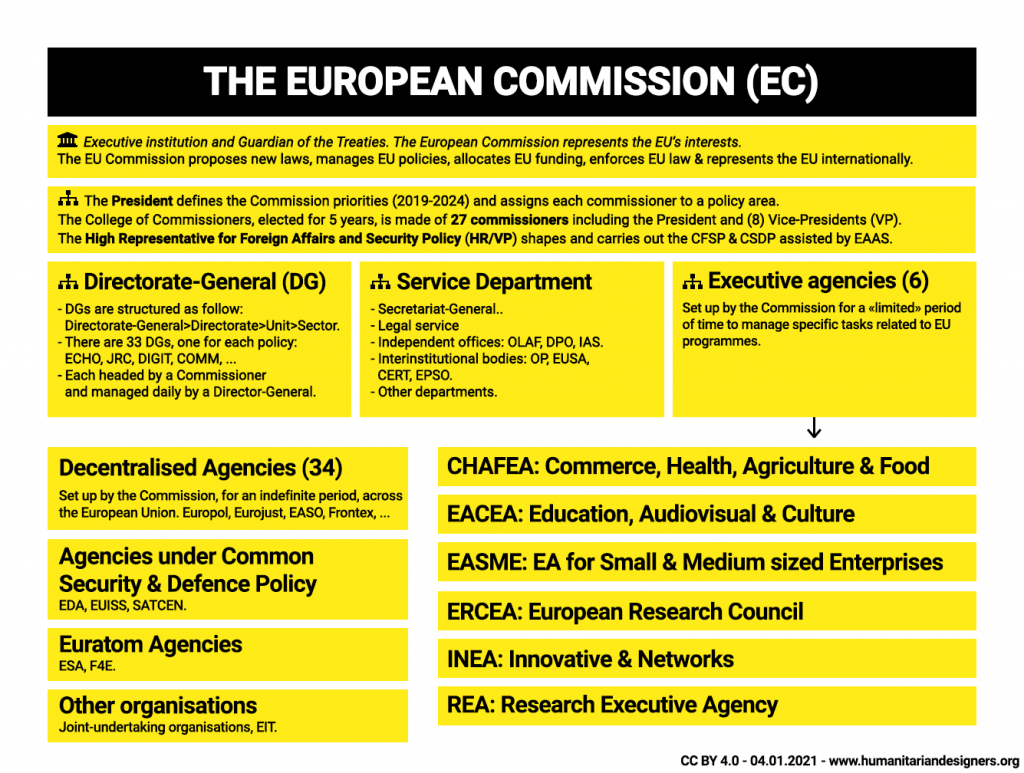Report on Athletics’ Trade Deadline Acquisitions and Alignment with Sustainable Development Goals
Executive Summary: Strategic Human Capital Investment
- The Athletics organization has executed a series of strategic trades aimed at bolstering its long-term institutional strength. These transactions, resulting in the acquisition of five prospects, align with several United Nations Sustainable Development Goals (SDGs). By investing in young talent, the organization contributes to:
- SDG 4 (Quality Education) and SDG 8 (Decent Work and Economic Growth) through robust player development programs that provide specialized training and create career pathways.
- SDG 10 (Reduced Inequalities) by providing opportunities for individuals from diverse national and economic backgrounds.
- SDG 16 (Peace, Justice, and Strong Institutions) by building a resilient and sustainable organizational structure for future success.
- SDG 17 (Partnerships for the Goals) through collaborative trades with other franchises to achieve mutual objectives.
Analysis of Acquired Personnel
-
No. 1 Leo De Vries, SS
- Acquisition Context: Acquired via a partnership with the Padres (SDG 17), representing a major investment in premier young talent.
- Developmental Profile (SDG 4): Demonstrates advanced educational aptitude in his field, with an “exquisite knowledge of the zone” and proven ability to adapt to higher levels of instruction. His development as a switch-hitter showcases a commitment to a comprehensive and versatile skill set.
- Economic and Institutional Impact (SDG 8 & 16): As the organization’s new top prospect, his career trajectory is a significant component of the franchise’s long-term economic planning and institutional stability.
-
No. 5 Braden Nett, RHP
- Acquisition Context: Acquired from the Padres as part of a multi-player trade focused on sustainable resource management (SDG 17).
- Developmental Profile (SDG 3 & 4): Nett’s progress in improving his control indicates successful specialized training. His development plan must balance performance with long-term health and well-being, addressing early injury concerns to ensure a sustainable career.
- Institutional Impact (SDG 16): His deep arsenal provides the organization with a versatile asset, capable of filling different roles and contributing to the institution’s overall pitching depth and resilience.
-
No. 9 Henry Baez, RHP
- Acquisition Context: Acquired from the Padres, bolstering the organization’s human capital in pitching.
- Developmental Profile (SDG 8): Baez has shown a capacity for an increased workload while maintaining performance, a key indicator for decent and productive work. His high ground-ball rate is a valuable, efficiently developed skill.
- Institutional Impact (SDG 16): At 22, he represents a sustainable, long-term asset. The organization’s strategy to potentially ease him into a major league role demonstrates a commitment to responsible talent management and institutional planning.
-
No. 17 Eduarniel Núñez, RHP
- Acquisition Context: Acquired from the Padres in a multi-player transaction.
- Developmental Profile (SDG 4 & 10): As a native of the Dominican Republic, Núñez’s career path exemplifies how sport can reduce inequalities by providing global opportunities. His development focuses on refining raw talent through specialized coaching, a form of quality vocational education.
- Economic and Institutional Impact (SDG 8 & 16): He is positioned to contribute to the team’s economic output in a high-leverage role, strengthening the institution’s on-field performance and competitive standing.
-
No. 27 Kenya Huggins, RHP
- Acquisition Context: Acquired from the Reds in a separate partnership (SDG 17).
- Developmental Profile (SDG 3 & 4): A “strong and athletic” player, his physical attributes are a foundation for good health and well-being. His development of a three-pitch mix is a testament to the quality education and coaching within the professional baseball system.
- Institutional Impact (SDG 16): Huggins adds critical depth to the organizational pipeline, ensuring a sustainable supply of talent and reinforcing the institution’s foundation for future years.
Analysis of Sustainable Development Goals in the Article
1. Which SDGs are addressed or connected to the issues highlighted in the article?
- Upon thorough review, the provided article, which focuses on baseball player trades and team roster changes for the Athletics, does not address or connect to any of the 17 Sustainable Development Goals (SDGs). The content is exclusively related to sports management, player statistics, and team strategy. There is no mention of social, economic, or environmental issues that align with the objectives of the SDGs.
2. What specific targets under those SDGs can be identified based on the article’s content?
- As no SDGs were identified in the article, no corresponding targets can be identified. The article’s discussion of goals, such as “boosting their Minor League pitching depth,” is purely within the context of a sports organization’s operational strategy and is unrelated to the global development targets set by the United Nations.
3. Are there any indicators mentioned or implied in the article that can be used to measure progress towards the identified targets?
- The article does not contain any indicators relevant to the Sustainable Development Goals. While it mentions various metrics and statistics (e.g., walk rates, strikeout rates, fastball velocity, ground-ball rate), these are performance indicators specific to the sport of baseball. They are used to evaluate player performance and potential, not to measure progress towards any social, economic, or environmental sustainability targets.
4. Table of SDGs, Targets, and Indicators
| SDGs | Targets | Indicators |
|---|---|---|
| No relevant SDGs were identified in the article. | No relevant targets were identified in the article. | No relevant indicators were identified in the article. |
Source: mlb.com







